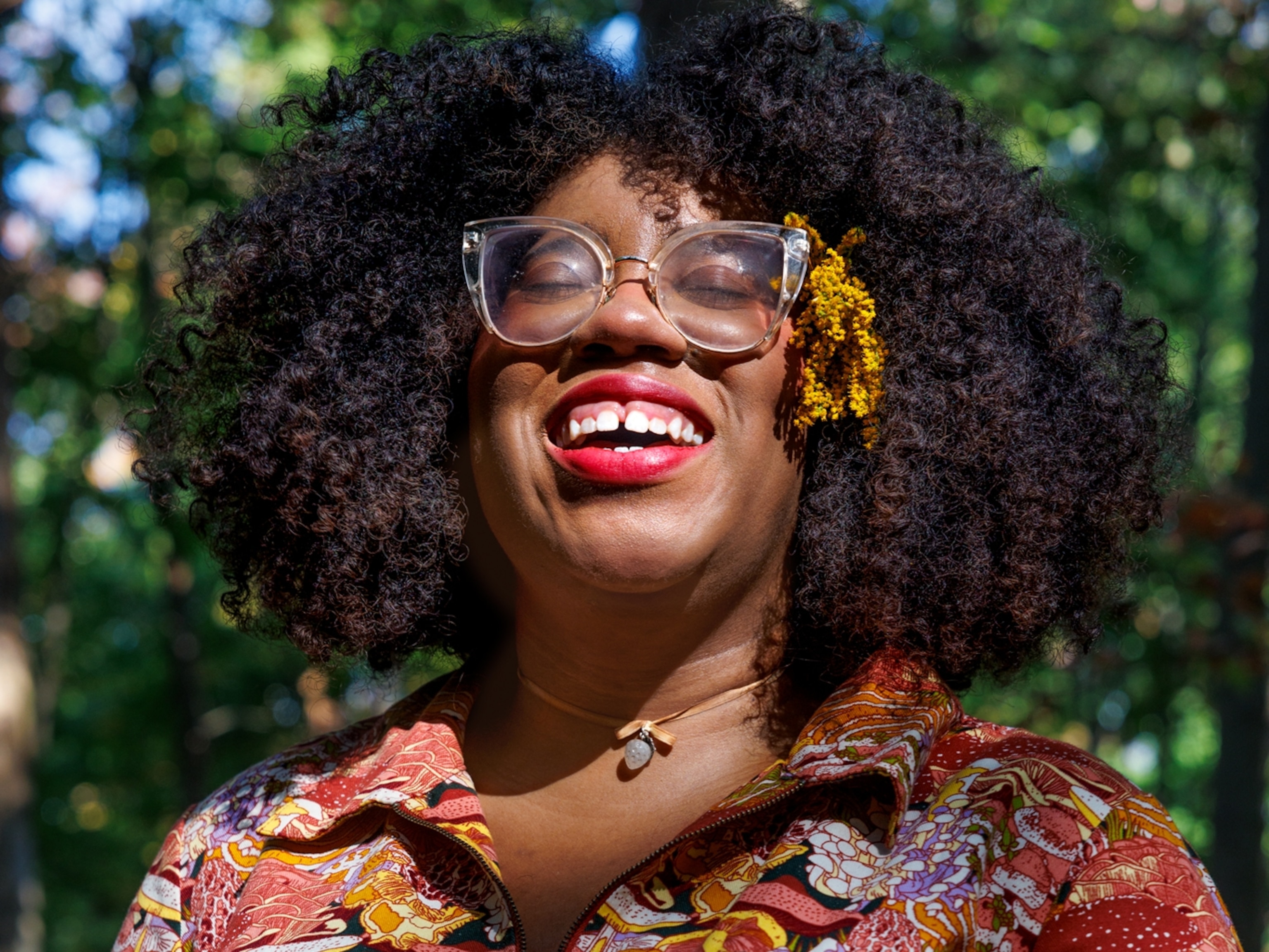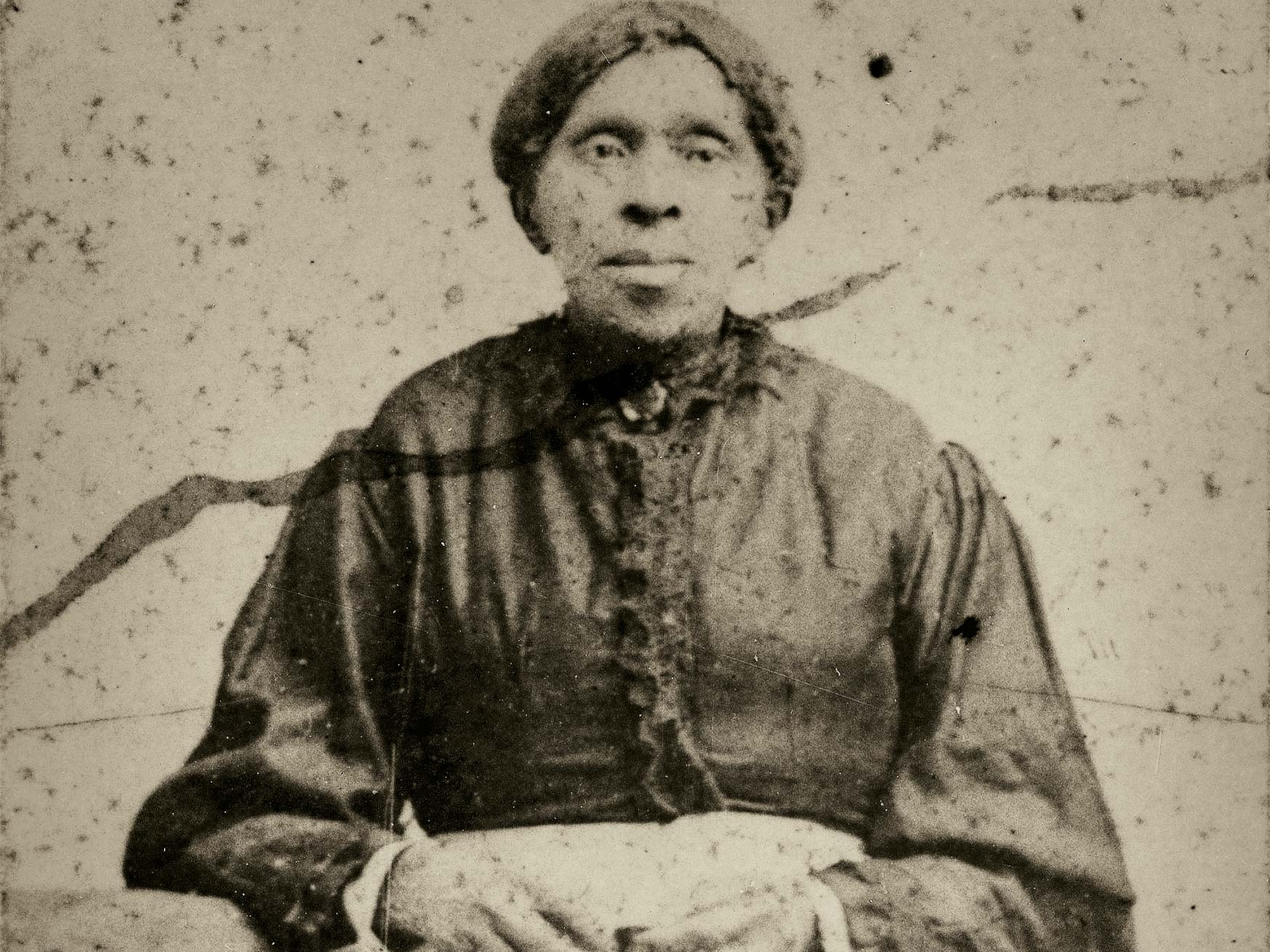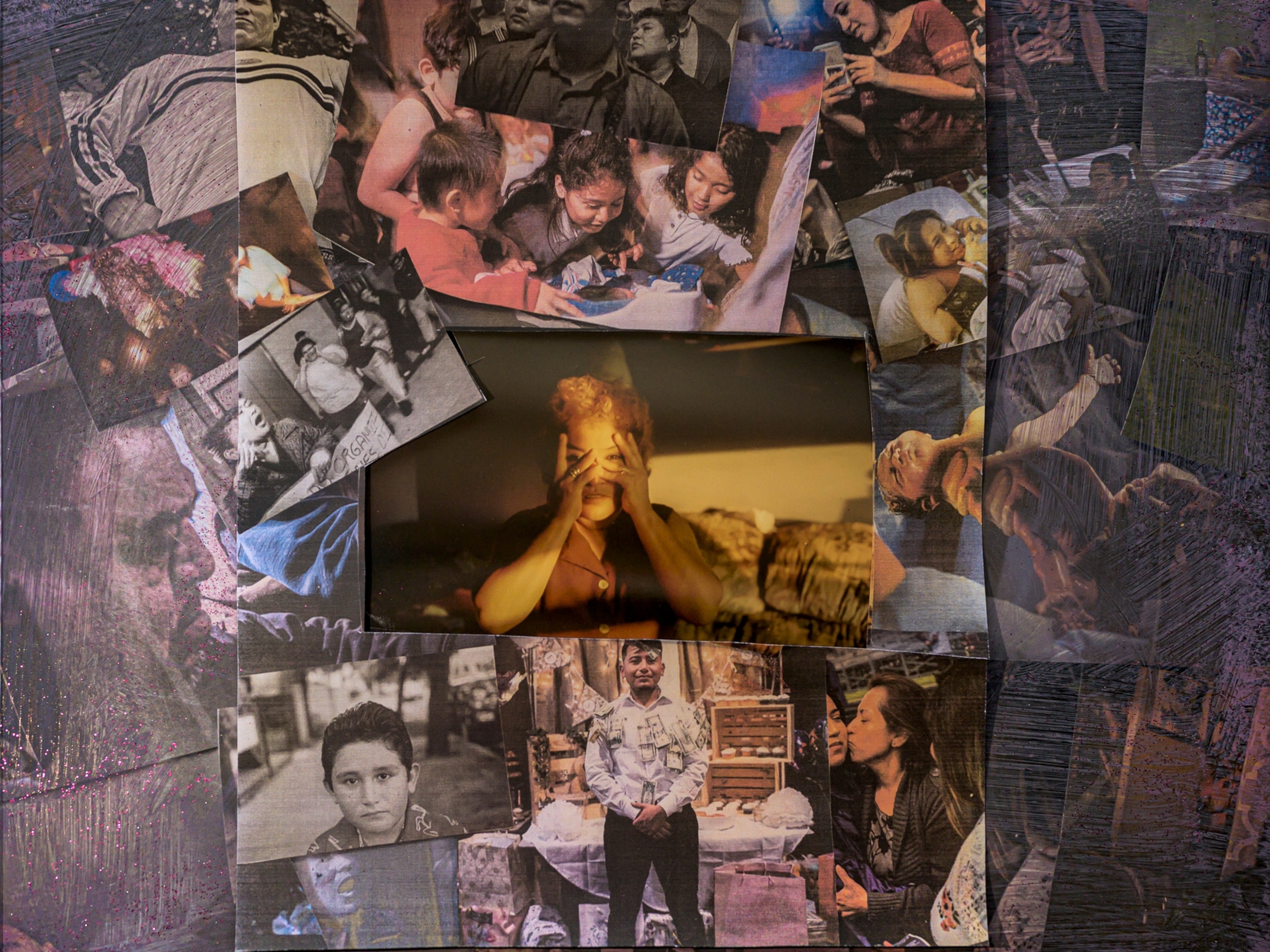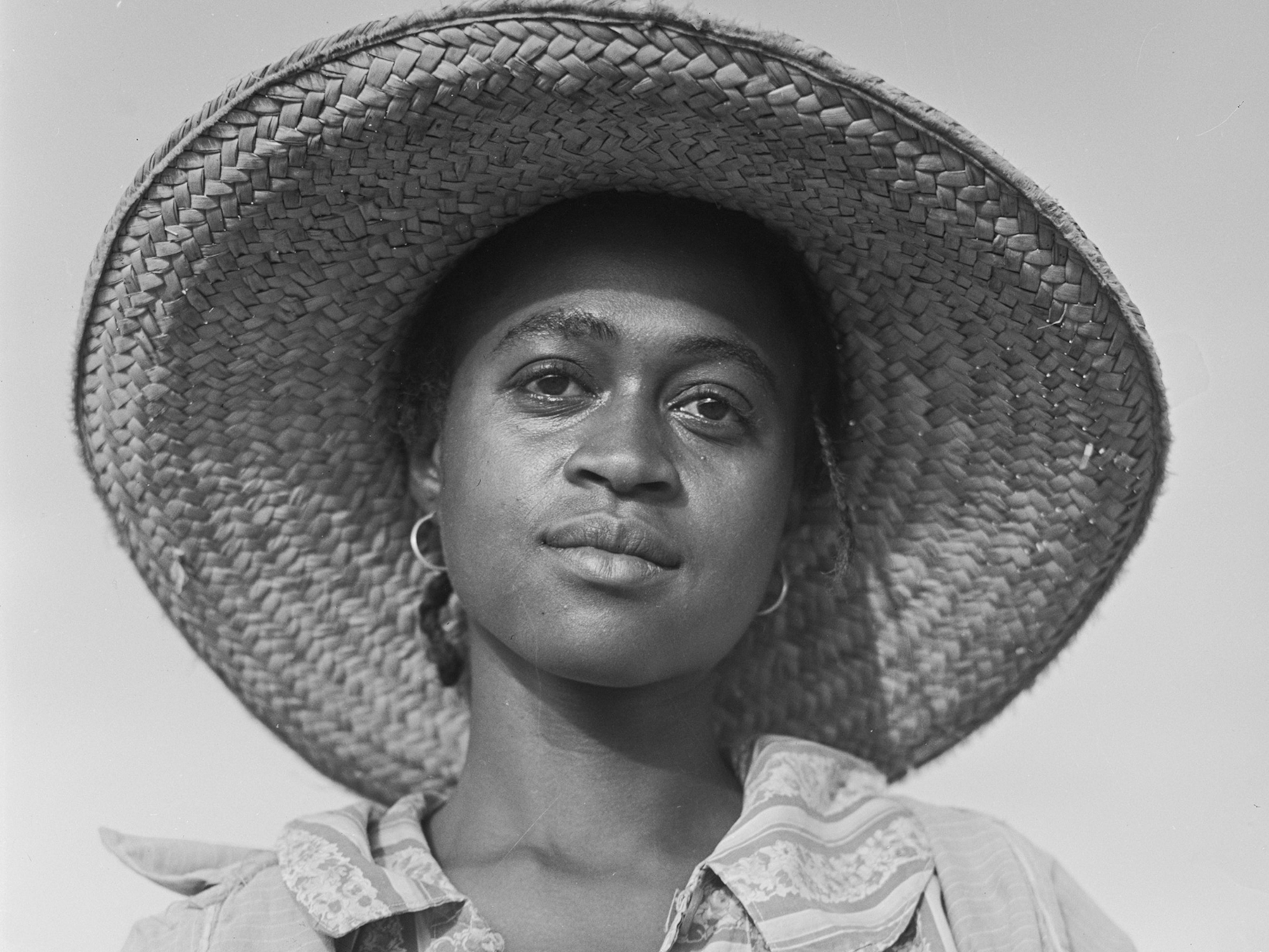Meet a new generation of Black American ‘cowboys’
With these images, photographer Kennedi Carter smashes an age-old stereotype: Cowboys aren’t all white men on horses, battling Indigenous people.
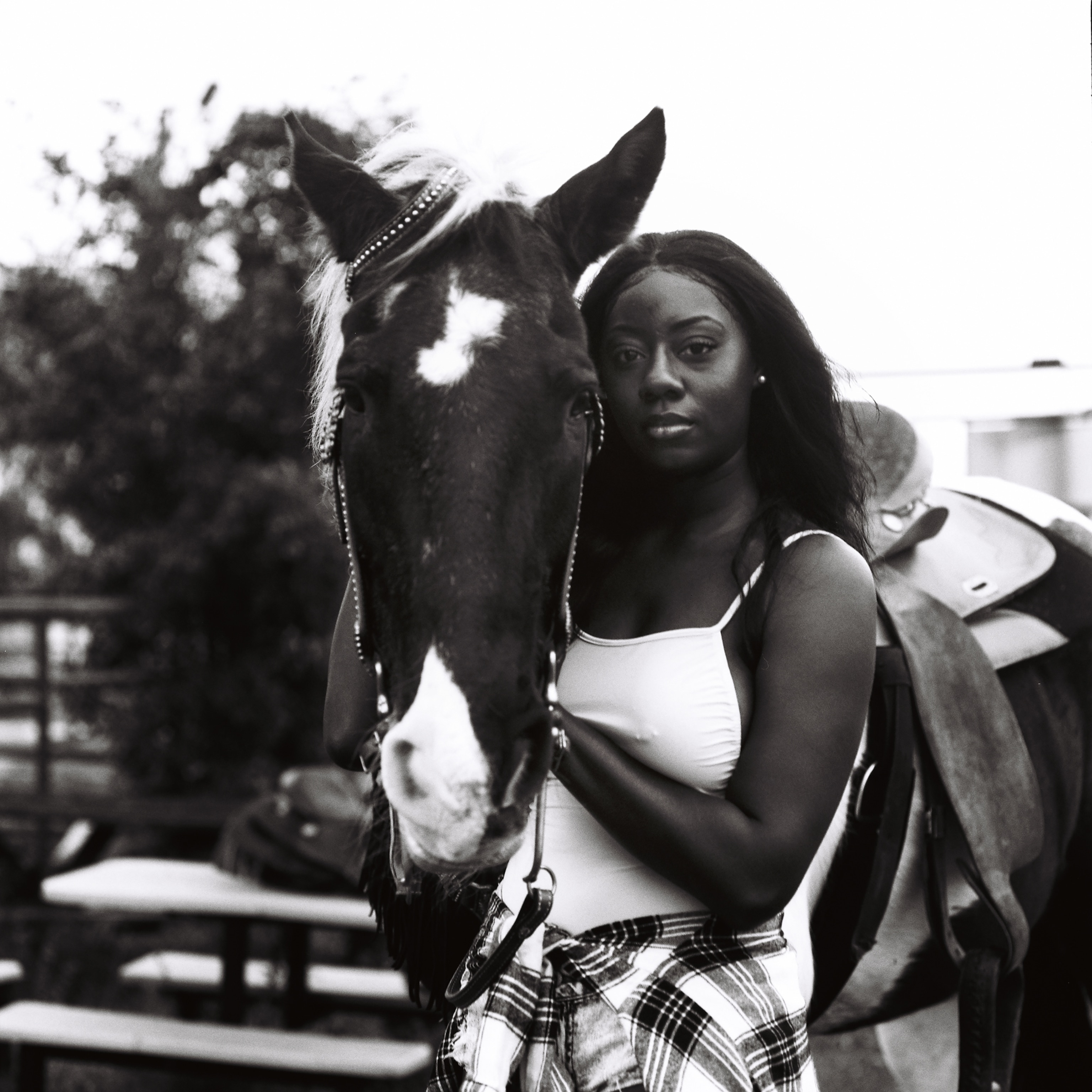
The first time I saw a Black horseman, I was maybe six years old. I’m 24 now, grew up in the suburbs of Durham, North Carolina, but my mother’s family is from Dallas, and we’d drive back to visit. I remember this as one of those things where you’re chilling in the back seat, you see something crazy, your head does a complete 180. Cowboys! The white-man-on-a-horse archetype; battles with Indigenous people: That’s what I was most familiar with, from going to the movies with my grandfathers. So about five years ago, as I began to photograph on film, I thought it would be very interesting to turn that cowboy narrative inside out a bit. It’s always important to expand the narrow confines of what we perceive to be American culture, and how we as Black people sit inside it.
I’ve had a whirlpool of feelings, being a witness to these people. There’s a rich history of Black American cowboys, but for my work I’ve used the word “equestrian”—more inclusive now, I think. For a long time I observed from the ground, asking equestrians whether I could photograph them; I’d never ridden a horse myself until I climbed onto one while visiting trainer Silas Plummer outside New Orleans. Did I feel fully comfortable or at home? No. I thought a lot about not falling off. But in the Louisiana town where my grandfather was born, his sharecropper family didn’t have cars, so one assumes they were using horses or mules to get around. That was beautiful to circle back to, very ancestral.
And my biggest takeaway, working with all the equestrians, is just how alive they feel when they’re on a horse. There’s a freedom that comes from interacting with animals, with nature, with the land. This is what one form of that freedom looks like.
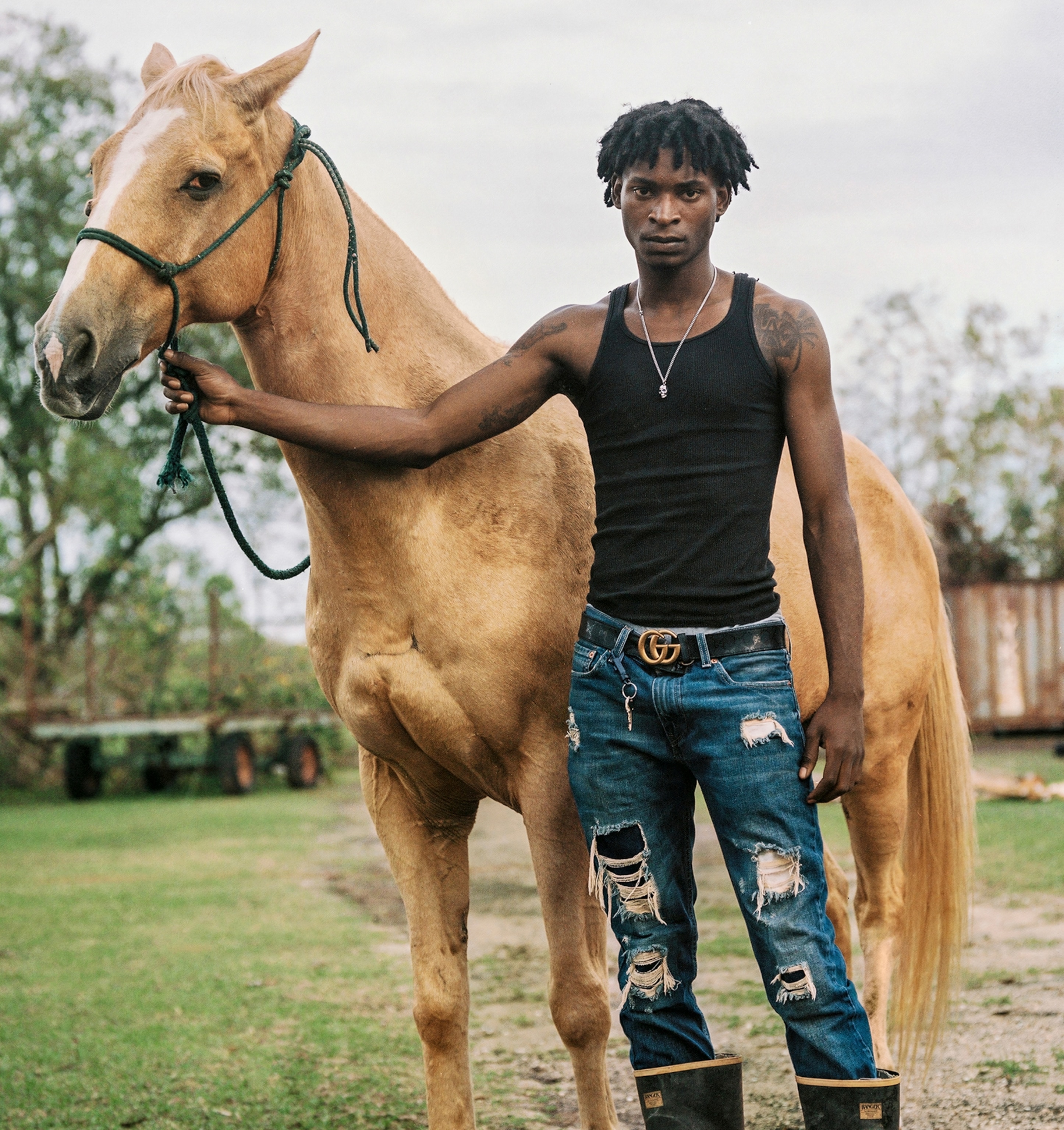

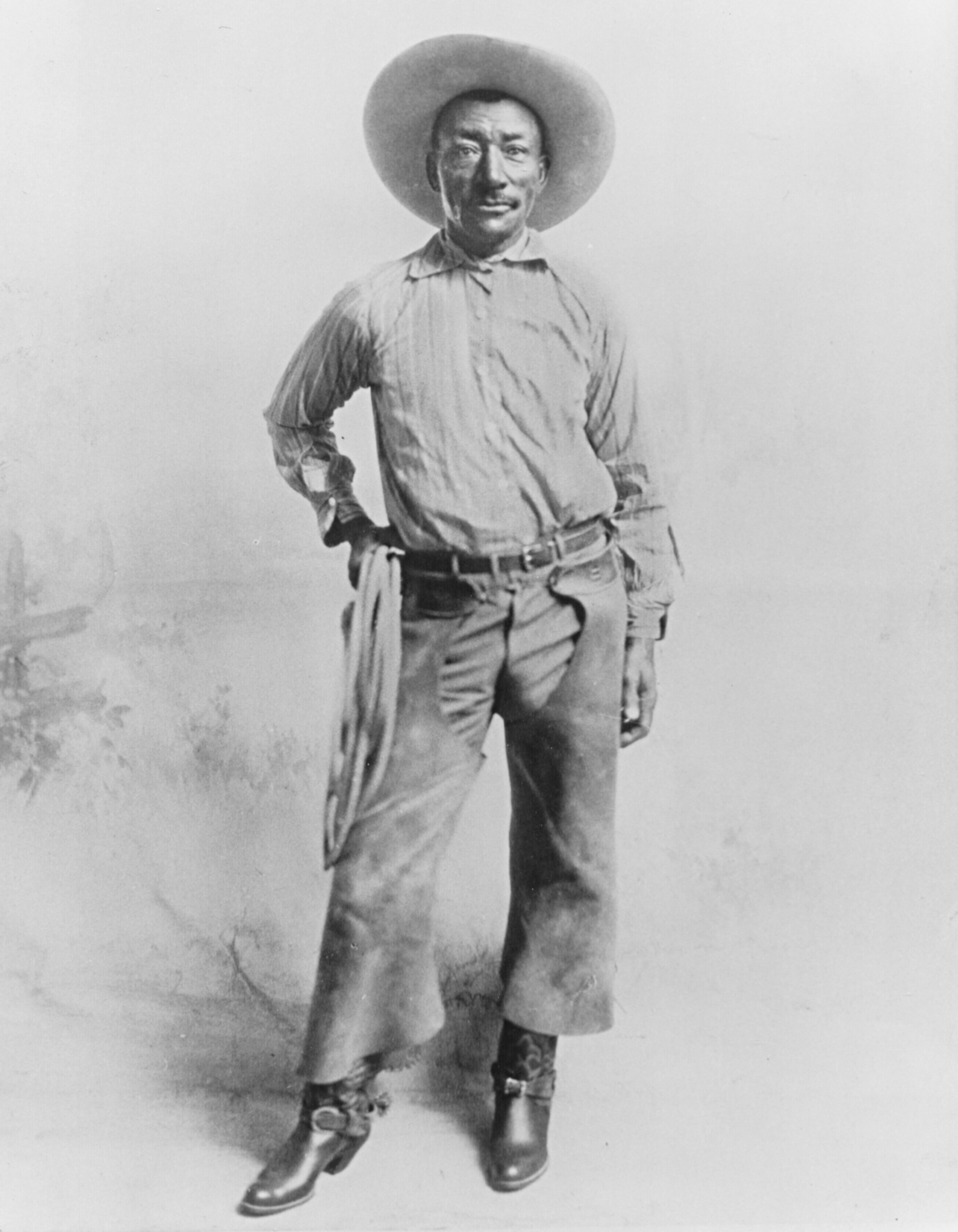

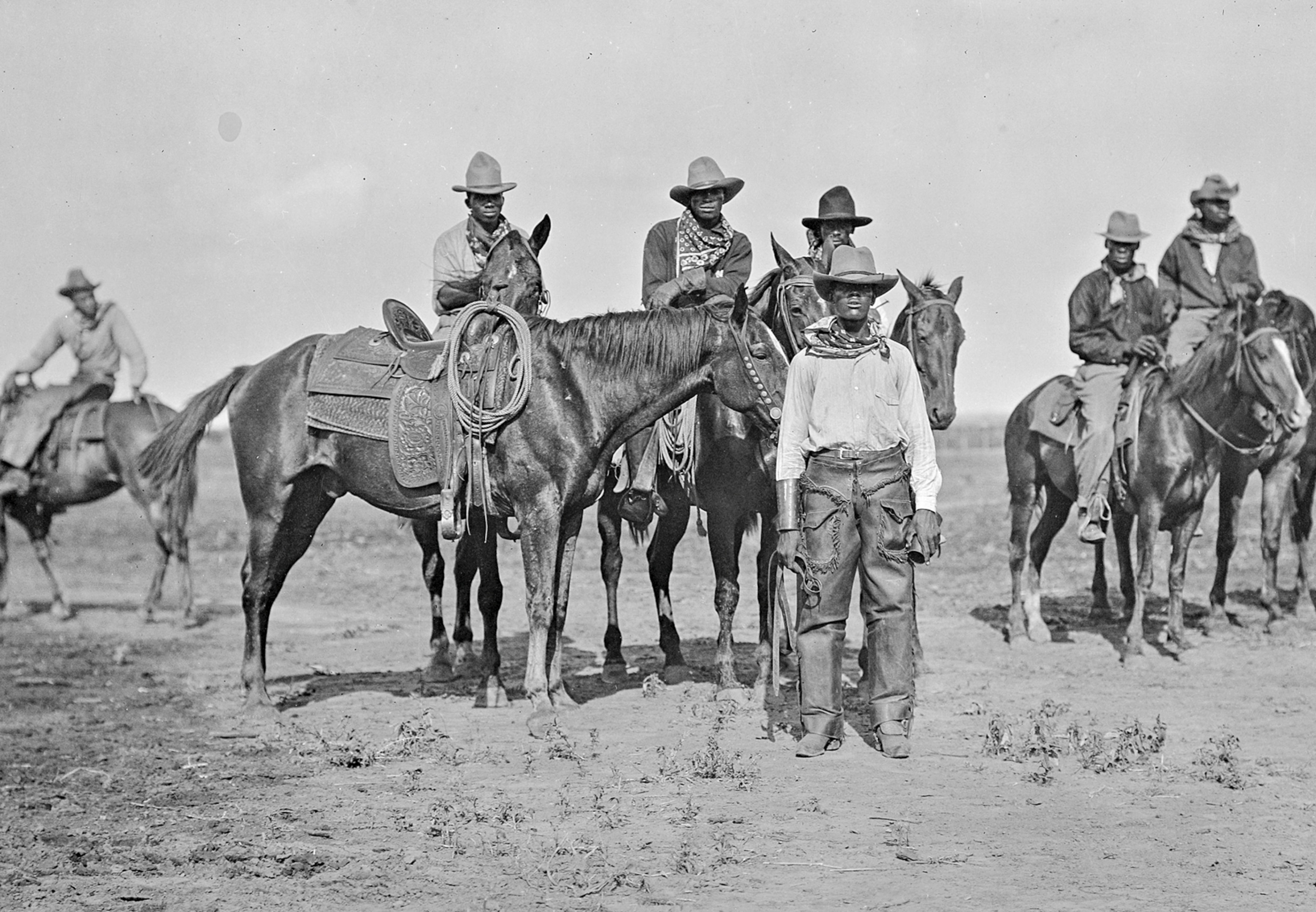
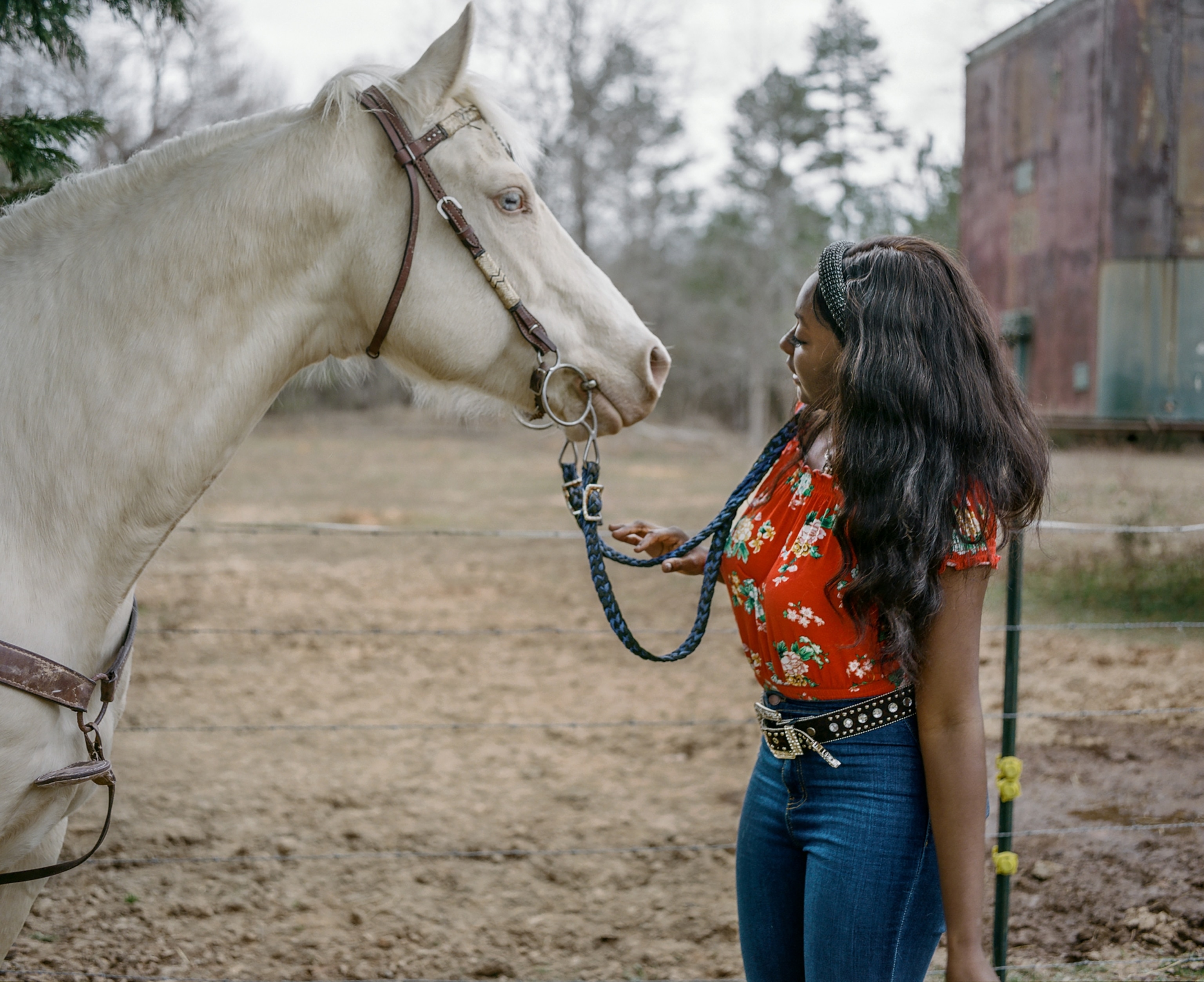
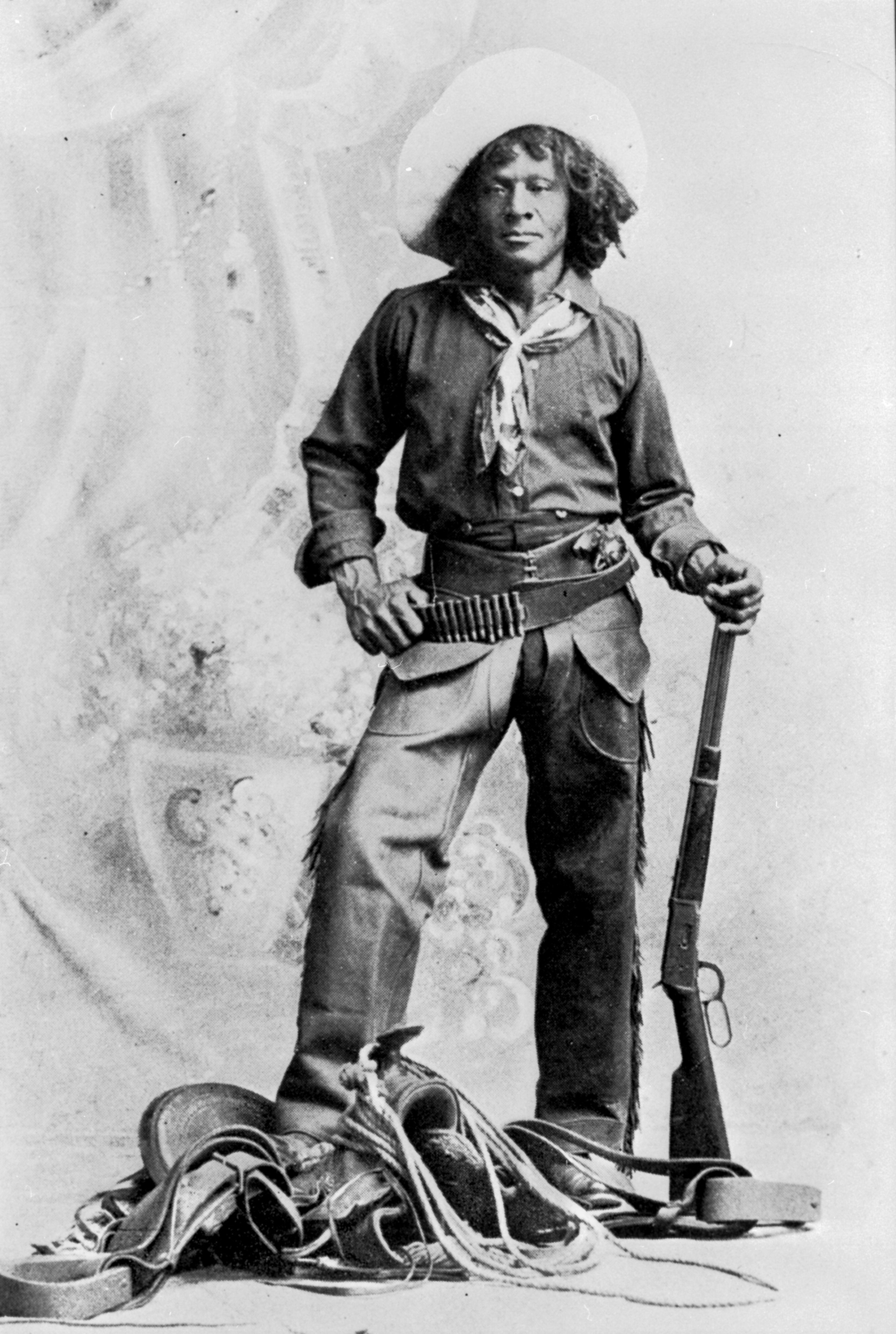

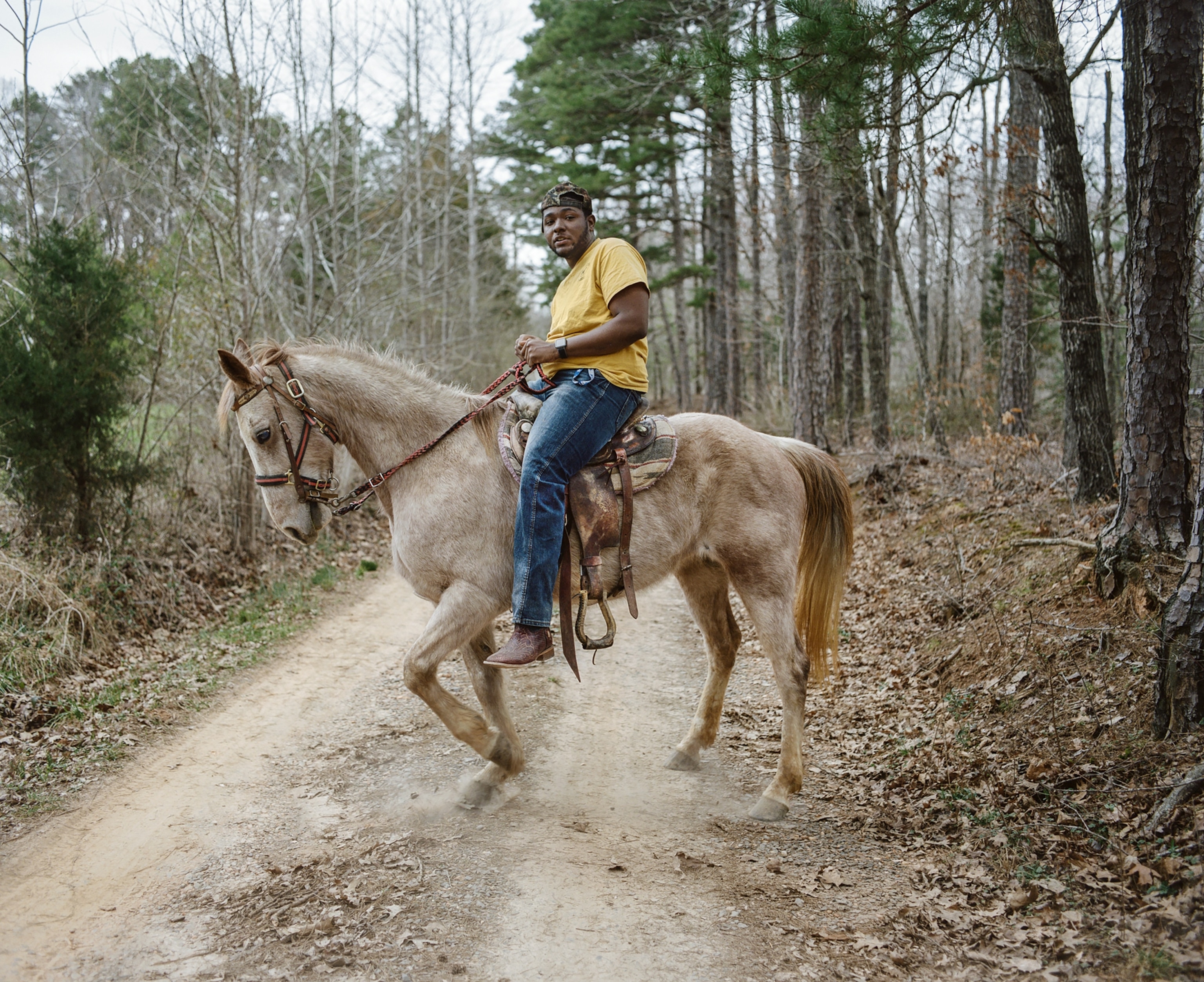
This story appears in the August 2023 issue of National Geographic magazine and is one of eight stories from The Past Is Present project, a collaboration between National Geographic and For Freedoms.
READ THIS NEXT
Faith fills more than a spiritual void for California’s migrant workers by Brian L. Frank
How Puerto Rico is grappling with its past—to reshape its future by Christopher Gregory Rivera
How has Texas changed in 20 years? She went home to find out by Tanya Habjouqa
Honoring the sacred places they were forced to leave behind by Dakota Mace
‘They emanate light’: Illuminating the lives of Mexico’s Indigenous people by Yael Martínez
These Black transgender activists are fighting to ‘simply be’ by Joshua Rashaad McFadden

